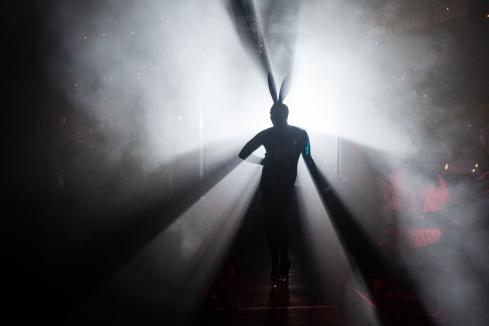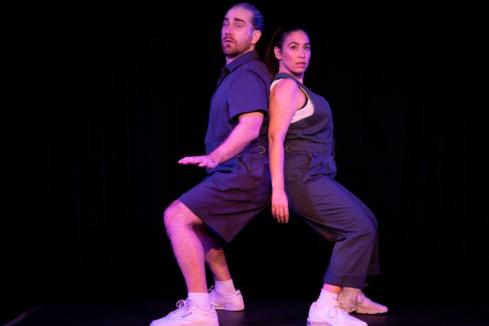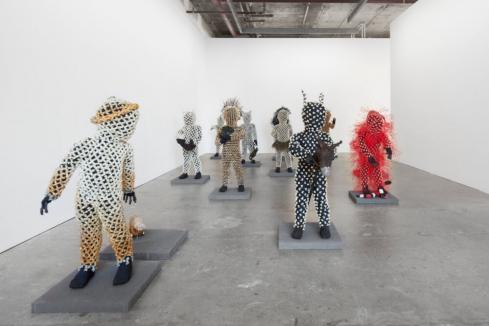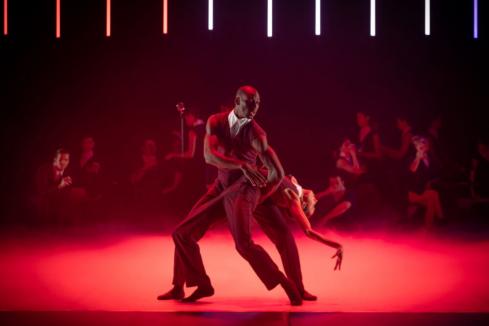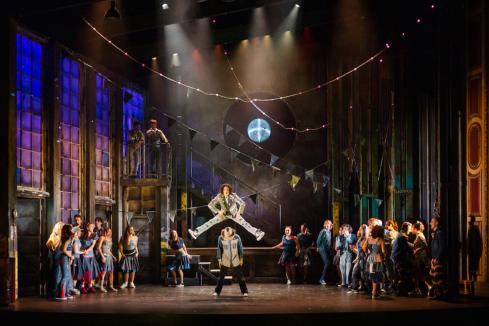Miss Lily’s Fabulous Feather Boa is a fun family show with apt themes of isolation and extinction, says Lydia Edwards.

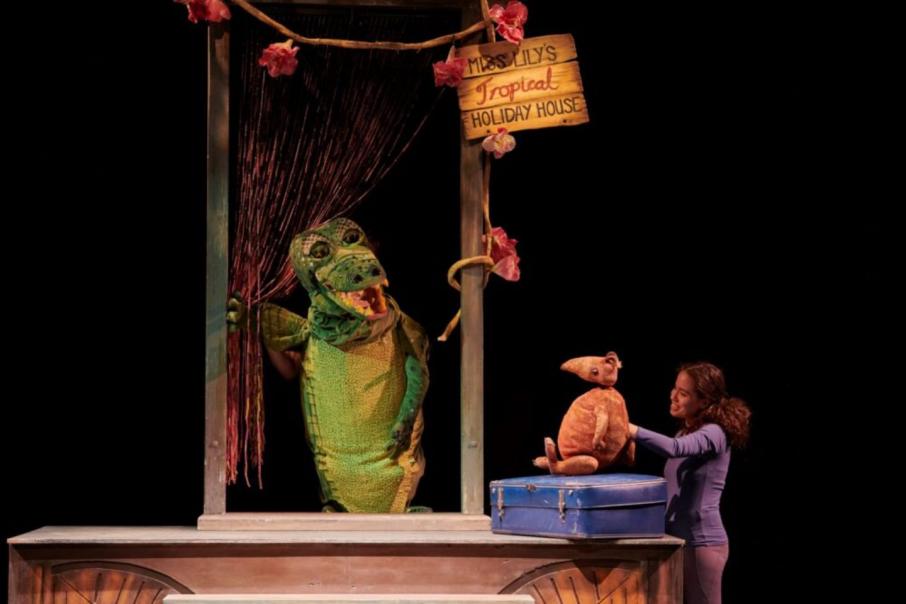
Miss Lily’s Fabulous Feather Boa, Spare Parts Puppet Theatre · Spare Parts Puppet Theatre, 6 April 2021 ·
Margaret Wild and Kerry Argent’s book Miss Lily’s Fabulous Feather Boa is 20 years old, but it’s pertinent themes provide the perfect fodder for Spare Parts Puppet Theatre, Australia’s flagship puppetry company.
Michael Barlow’s adaptation for the theatre is, like most good children’s stories, meaningful on several levels. As my nearly 5-year-old and I took our seats in the intimate space, we heard a conversation behind us: “Sometimes with these shows, there’s two meanings — one for kids, and then one that floats through for adults”. As we’d discover, that was certainly true here.
The diminutive star is the forlorn last Potoroo (based on ‘rat-kangaroos’, of which the WA variant is endangered). Its puppet (by designer and puppet maker Iona McAuley) is a squat, sharp-nosed creature reminiscent of Edward Gorey’s Doubtful Guest — but far less threatening.
Potoroo is apparently the last of its kind and has gone to find solace amongst crocodile Miss Lily and her guests at the Tropical Holiday House. The cricket-mad koala and footie-mad wombat families do nothing to ease her isolation. It is only Miss Lily — who, beneath her pantomime dame exuberance, is a perceptive soul — that recognises the loneliness.
Isolation is a key struggle in 21st century society, and particularly redolent in the throes of a global pandemic. Potoroo’s status as a largely unknown endangered Australian species is also searingly apposite in an era when we face mass animal extinction.
Miss Lily dances for her guests with a vibrant pink feather boa, which entrances Potoroo and makes her hope that she could, perhaps, find the bravery to travel and discover more of her kind — if only she had the confidence that the boa seems to inspire in Miss Lily. The trajectory here is obvious: true conviction comes from within, not from an item of clothing, but the use of a feather boa seems poignantly ironic. From the 1820s onwards boas went in and out of fashion, and for most of the nineteenth and twentieth centuries existed on the fringes of sartorial respectability. Whether worn by showgirls or duchesses, however, the accessory had one thing in common: its use of exotic bird feathers, plucked from animals hunted to extinction in the name of fashion. Later, the dance performed by Potoroo and the boa portray it as a living being in its own right, quivering as a handful of its feathers are snipped off by a desperate Potoroo.
The puppetry deploys a range of styles, including the “body” method through which Miss Lily herself is portrayed (by the fabulous Tristan McInnes). Potoroo was deftly manipulated by Cezera Critti-Schnaars, while the two families wore headpieces marking them out as koala or wombat. Not being puppetry, this was probably the least successful technique of the three, though the physicality of their sporting scenes made the choice understandable. Ming Yang Lim completed the cast of three, who beautifully trod the fine line between performing in their own right and letting the puppets speak for themselves. Though always visible on stage, their symbiosis with the puppets ensured that the fourth wall was not broken.
The recommended age of 5+ is appropriate. Several younger children in the audience didn’t have staying power longer than 20 minutes, and some of the more adult humour and references escaped my daughter. A couple of skits lingered for a second too long — but the joy and warmth of the original story and illustrations were retained throughout, along with a good dose of slapstick humour that had the pre-primary viewers in hysterics.
After the show, we met up with my daughter’s friend. “Shall we play Miss Lily?” she said immediately, which is probably the best endorsement one could hope for.
Miss Lily’s Fabulous Feather Boa continues until 17 April.
Seesaw Magazine publishes reviews, news and features about the WA arts scene.







